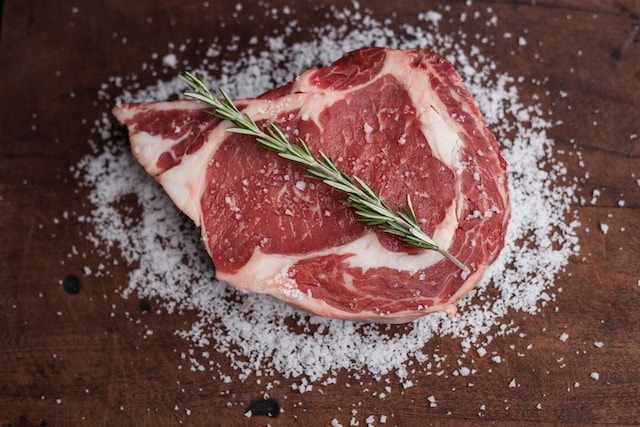W5 Beef Update: US Cattle Inventory Declines 2% YoY, Brazil Expands Beef Exports to Canada

2% YoY Decline in Total Headcount in US’s 2024 Cattle Inventory
As of January 1, 2024, the United States (US) cattle inventory reflected a nuanced landscape, marked by shifts in various categories compared to the previous year, as reported by the United States Department of Agriculture’s (USDA) National Agricultural Statistics Service (NASS). Total cattle and calves stood at 87.2 million heads, registering a 2% year-on-year (YoY) decline. Within this category, cows and heifers that have calved experienced a 2% YoY reduction, with beef cows and milk cows both showing slight decreases. Heifers weighing over 500 pounds (lbs) declined by 1% YoY, driven by decreases in beef replacement heifers and other heifers. Steers weighing over 500 (lbs) saw a 2% YoY decrease, while bulls in the same weight category experienced a marginal decline. Calves under 500 lbs declined by 3% YoY.
In terms of cattle on feed for the slaughter market, the US witnessed a 2% YoY increase to 14.4 million heads. Notably, feedlots with capacities of 1 thousand or more heads accounted for the majority, reflecting a slightly higher proportion compared to the previous year. Conversely, the combined total of calves under 500 lbs and other heifers and steers over 500 lbs, outside of feedlots, declined by 4% YoY.
The calf crop for 2023 in the US totaled 33.6 million heads, marking a 2% YoY decrease. This decline was attributed to a reduction in calves born during the H1-2023, which stood at 24.7 million heads, down 2% YoY from the H1-2022. Calves born during the H2-2023 totaled 8.89 million heads, comprising 26% of the total 2023 calf crop.
Brazil Secures Expanded Beef Exports to Canada
Following an in-depth assessment by the Canadian Food Inspection Agency (CFIA), the Brazilian Ministry of Agriculture and Livestock (MAPA) has obtained approval to broaden Brazil’s beef exports to Canada. This expansion permits meat imports from regions recently acknowledged by the World Organization for Animal Health (WOAH) as zones free from foot-and-mouth disease (FMD)- without vaccination requirements. Discussions progressed following the Codex Food Commission's annual meeting in Rome in Nov-23. The updated authorization enables states like Acre, Paraná, Rio Grande do Sul, and Rondônia to export aged, boneless, and lymph node-free beef to Canada.
Existing eligible regions, such as Santa Catarina and states employing FMD vaccination, remain unaffected. However, exporters must update certificates to ensure compliance with stipulated criteria. MAPA emphasized the significance of this decision, hailing it as a testament to Brazilian livestock farmers' unwavering commitment to health standards. Brazil's robust meat quality, coupled with adherence to global animal health protocols, solidifies its stature in the global meat export arena. In 2023, Brazilian beef exports exceeded USD 10.541 billion, equating to 2.28 million metric tons (mmt). Canada's Brazilian beef imports totaled USD 39 million with 8.2 mmt volume, marking an 18% YoY increase.